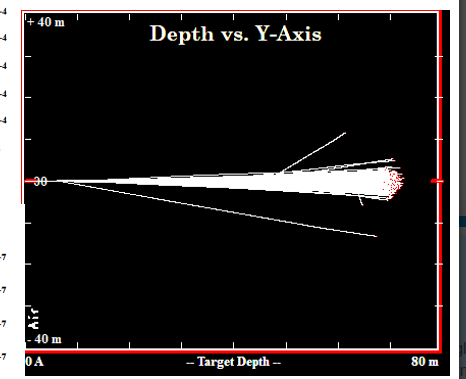Hii, @Piet @hschindl sir, i want to simulate and make plot using GEM detector parameters
when using and select Ar/CO2 as projectile and set its initial energy to 1.0 eV . The target consists of a single layer of GEM detector with a thickness of 35 μm. i don’t know my question is wrong or right.
but when i initiate 1.0 ev of electron in GEM (aval.AvalancheElectron(xi, yi, zi, 0., 1.0, 0., 0., 0.)).
when 1.0 eV electron hit the wall of GEM, how it visualize?. i don’t know how to visualize using what can like library will be use but i thing it will be look like that.

Hi,
apologies for the late reply! I’m afraid I’m not sure I understand the question. Nothing special happens in Garfield++ when an electron hits a wall.
If you want to visualise the evolution of an electron avalanche, you can use ViewDrift.
I may have misunderstood your question, but there seems to be some confusion regarding the purpose of the AvalancheElectron function. This function simulates the microscopic trajectory of an initial electron, starting from a specified position, time, and energy. It tracks the electron as it interacts with the surrounding gas through successive collisions. At each collision, a specific interaction—such as ionization (producing new electrons) or elastic scattering—is selected, and the electron’s properties are updated accordingly. The simulation halts when the electron encounters a medium that is not gas, such as the copper (Cu) in the GEM. You can visualize these results using ViewDrift.
Therefore, the algorithm is designed to model the stochastic processes of electron interactions with the gas, rather than collisions with the GEM itself. If you are specifically interested in energy deposition during collisions with the GEM, I would recommend using GEANT4 for such calculations.
Kind regards,
Djunes
This topic was automatically closed 14 days after the last reply. New replies are no longer allowed.